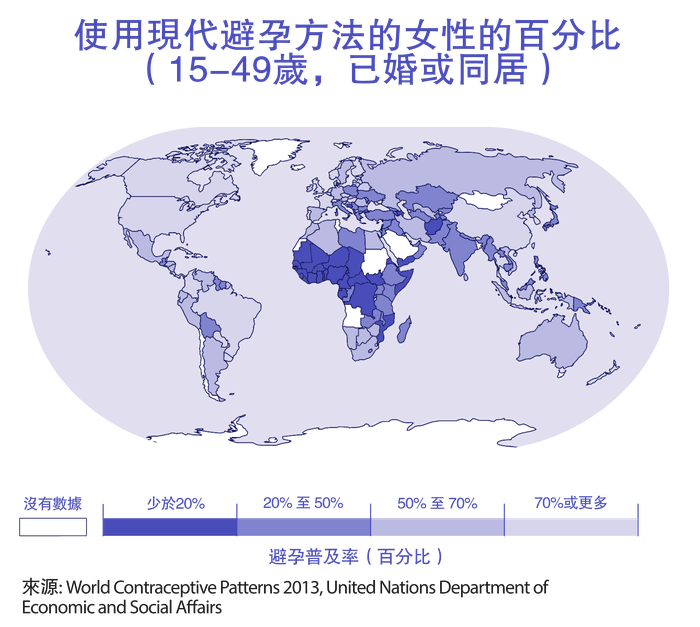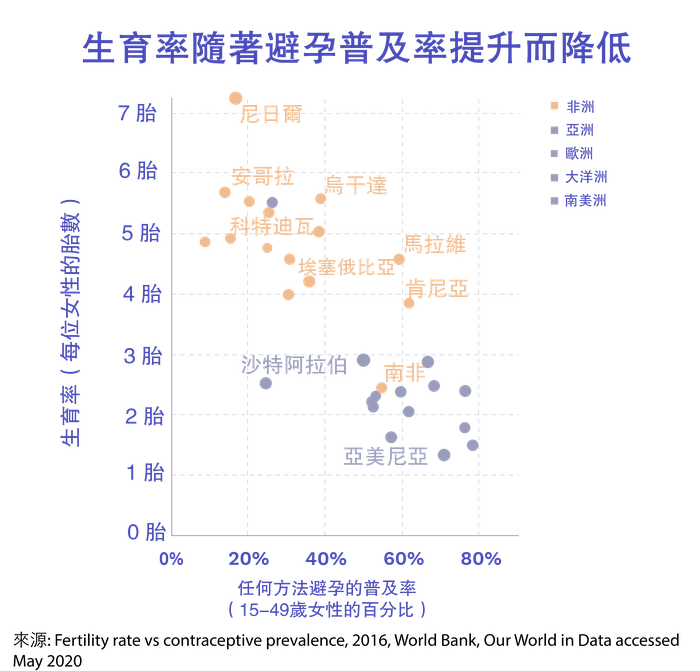女性和氣候變化:解決氣候變化和賦予女性權利
8 一分鐘閱讀
更新於: 2021年04月29日20:31:40 格林威治標準時間
我們都以不用的方式體驗這個世界。因此,為了解決氣候變化,我們必須考慮每個人的觀點。從 {社會 {和 環境 兩個方面來說,賦予婦女權力對於建設更美好的未來至關重要。
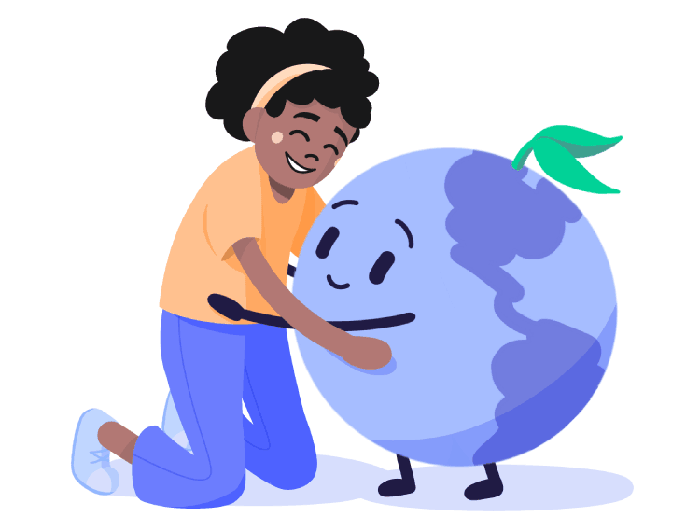
婦女可以使用 {如此多的方式 來幫助應對氣候危機,我們 {只是沒有時間在這裡一一介紹。在本章中,我們將僅探討性別平等可以幫助解決氣候變化的三種方式:改善農耕,計劃生育和氣候領導力方面的機會和平等。
發展中國家的女農民
在發展中國家,女性耕種的土地比男性耕種的土地少生產20-30%的農作物。為什麼會存在這種「性別產量差距」?
證據很明顯:女性的耕作技能與男性的一樣好,但是她們很難獲得平等的機會和資源。這使她們處於劣勢地位
。
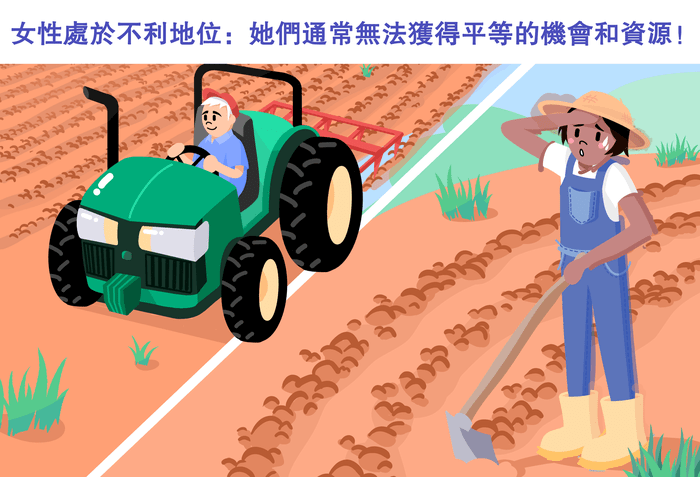
女人與男人的機會
在發展中國家,43%的農業工作是由婦女完成的。因此,在幾乎一半的農民生產率低下的情況下,性別不平等是對全球糧食安全的真正威脅
。
By increasing women’s farming productivity, more food can be produced on existing farmland, meaning fewer forests would need to be cleared for additional fields to grow food .
Furthermore, raising women’s agricultural productivity could result in 100-150 million fewer people living with hunger , and improve the quality of life for children globally
.
擁有和控制土地
安全獲得土地是農業的基本要求。但是,土地所有權法常常有利於男性
。這使婦女的土地權利取決於其男性親屬
。在整個發展中國家,婦女擁有和控制土地的可能性低於男性,而且她們獲得的土地規模往往更小,肥力較低
。
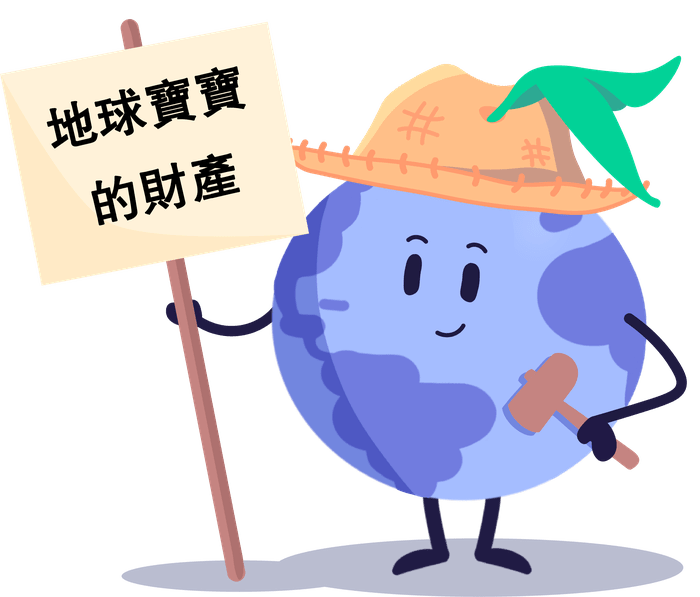
地球寶寶戴著草帽錘打
更糟糕的是,這使銀行在向婦女提供貸款時更加猶豫不決,使她們無法購買可以提高生產率的農業技術。
有了土地所有權,農民就有了安全感,知道他們將享受良好管理的未來利益。這使他們更有可能投資於可持續農業實踐,以增加單產並避免不可持續的森林砍伐
。
為女性騰出時間
婦女的農場也比男人的農場產量低,因為她們的其他職責限制了她們在農業上的時間。
除了耕種,婦女傳統上還負責家務,例如照顧兒童和老人,維持家園和準備食物。
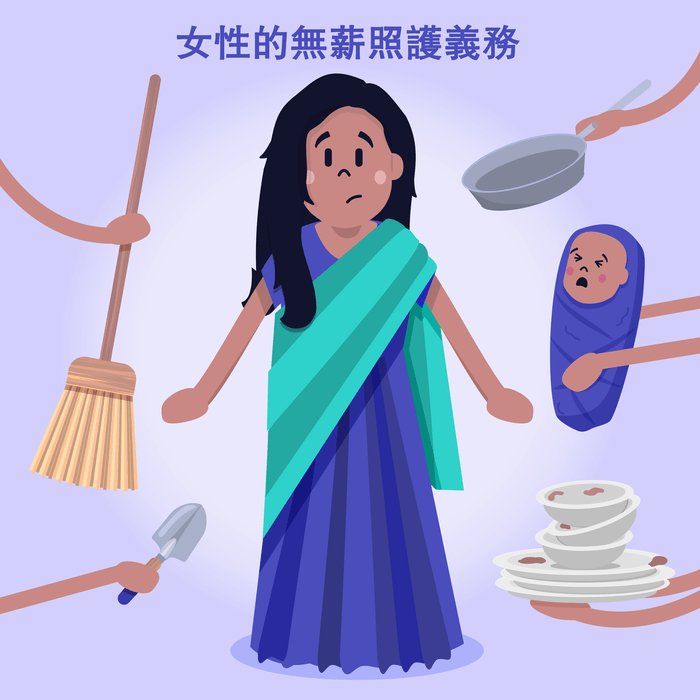
婦女的無償護理職責
That’s a staggering ten times longer than men, who only spend an average of around 35 minutes on unpaid duties per day . In fact, this is a pattern that is seen throughout the world, in both rich and poor countries
.
Globally, women do on average 2.5 times more unpaid work than men .
Unpaid domestic duties are completely essential to keep families happy and healthy but are often overlooked, and are far more time consuming than they need to be .
Simple solutions, like building local wells, can free up women’s time . This could help close the gender gap in agricultural productivity as it would allow women to spend more time farming, if they choose
.
A second way to boost women’s farming productivity is to help them become more efficient farmers .
Tasks that are traditionally done by men, such as ploughing fields, tend to use animal power to be more efficient . By contrast, tasks that are traditionally done by women, like weeding and harvesting, are not often mechanised
. Instead, they are done with traditional manual tools and are very time consuming
.
In India, women typically weed soybean fields using traditional hand tools whilst bending or squatting. This is slow, uncomfortable, and can cause injuries .
Take a look:
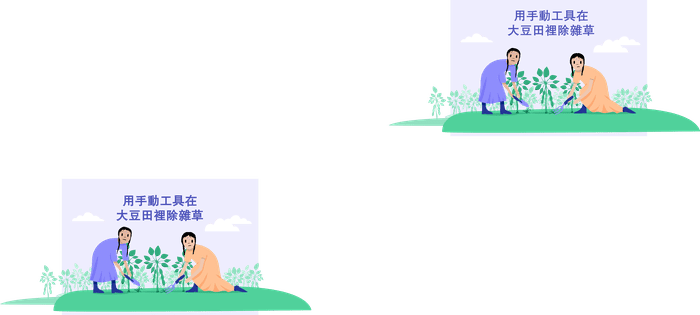
用手動工具為大豆田除草
Improved tools reduce the work burden on women and increase their efficiency .
This is the improved ‘twin wheel hoe’ which is used to weed soybean fields while standing:
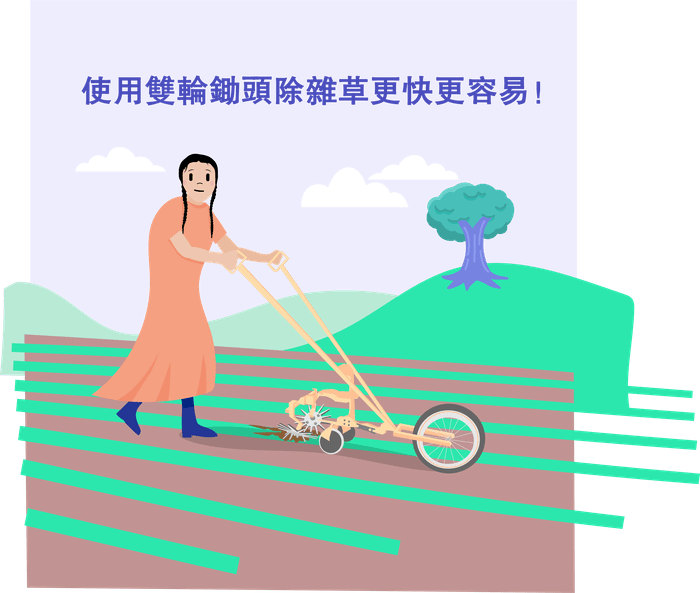
雙輪除草
確保婦女擁有強大的土地權利,以及有效管理其時間的設施和工具,不僅為婦女提供了更多機會,而且還增加了現有耕地的單產,這對地球也有好處。
計劃生育
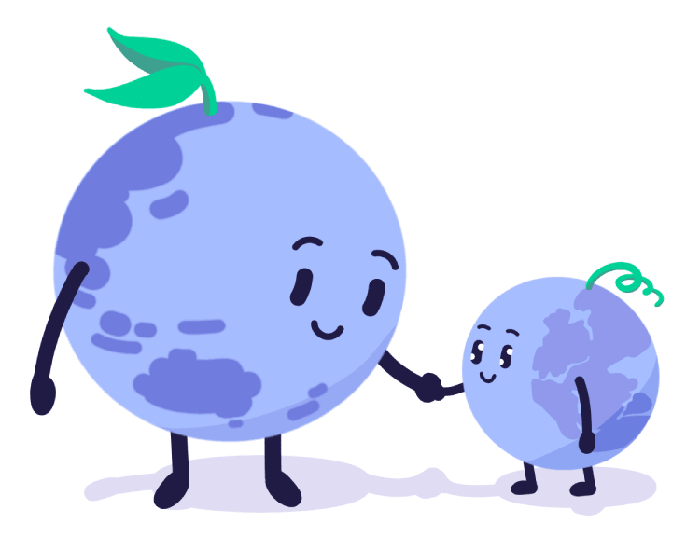
計劃生育
Family planning is about enabling women to choose if they want children, how many they want, and when they want to have them . This is achieved with the use of modern contraceptive methods
.
In 2019, 24% of women in the world who wanted to use family planning did not have access to the contraceptives they needed .
As a result, these women experience high rates of unplanned pregnancy .
The situation is worse in the developing world : 225 million women from low income countries say that they want to choose if and when they become pregnant, but they can’t because they can’t access contraception
.
解決方案是確保每個人都能平等地獲得避孕藥具。
首先,計劃生育和避孕藥具賦予了婦女對其生活和身體上的權利。通過控制生殖健康,年輕女性更有可能完成學業,並為自己的未來奠定基礎
。婦女可以根據自己的職業和個人情況來計劃懷孕,使她們可以選擇和追求自己的理想
。
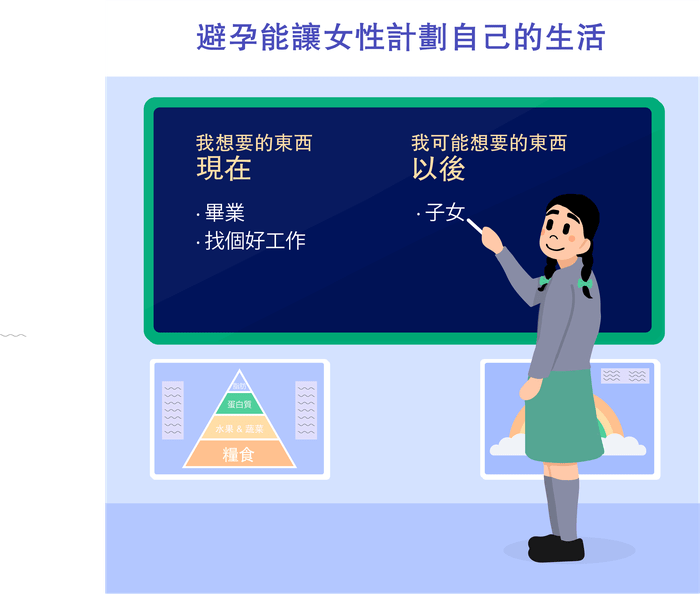
避孕讓女性規劃自己的生活
隨著避孕措施的廣泛普及,婦女往往會減少生育,這可以減少全球排放量
。
Increasing family planning would slow population growth by preventing the unplanned births that might have happened without contraception .
In fact, family planning has huge potential to reduce predicted global emissions, especially when combined with educating girls (take a look at the chapter on education).
Family planning and girls’ education together could reduce global emissions by 85.4Gt CO₂e by 2050 .
That’s over 1.5 times the total emissions produced in 2018 ! By slowing population growth, family planning and education could provide 16-29% of the reduction in emissions needed to avoid climate warming of over 2ºC
.
{令人驚訝的是,計劃生育的減排成本僅為每噸CO2e4.50美元,但由此導致的人口增長的減少而沒有排放二氧化碳!
婦女擔任氣候領導者
在全球範圍內,性別之間的權力分配並不平等。截至2019年10月,所有國家/地區的政治人物中只有24.5%是女性
。儘管世界各地都存在政治上的性別差距,但在撒哈拉以南非洲,南亞和阿拉伯國家,這種差距特別嚴重
。
那麼,為什麼這與氣候變化有關?
Women make up most of the world’s poor and vulnerable people , which means that they are usually the most severely impacted by climate change
.
If women are not included in climate decision making, their needs won’t be provided for and existing inequalities will deepen .
But including women in political decisions isn’t only the right thing to do; it is also the smart choice for people and the environment .
Different genders experience the world differently and so have different needs, but they also have different expertise . Especially across the developing world, women’s traditional duties mean that they have a unique understanding of environmental conservation
. To combat climate change, we need to use the knowledge and skills of both men and women
!
What’s more, women tend to have different opinions and perspectives to men, which can help make balanced policies . When making decisions, women often consider their family and community as well as themselves
. Also, women generally avoid risk-taking and show greater concern for the environment
.
So, is it likely that including women in decision-making and leadership is already helping the environment? There is a pattern where equality for women in leadership tends to come alongside better climate actions . Here are just a few examples:
Other factors could also affect these trends, and leaders of any gender can make both good and bad decisions. Nonetheless, leadership with increased diversity generally performs better . Empowering women as decision makers and international leaders could reduce inequality and help fight climate change
.

結論
Through empowering women we can build the future we want for humanity. In this future, people of all genders have the power to make choices and have access to the resources they need to live healthy, sustainable and fulfilling lives.
And, in achieving this world, we may even stop climate change too.
下一章節


